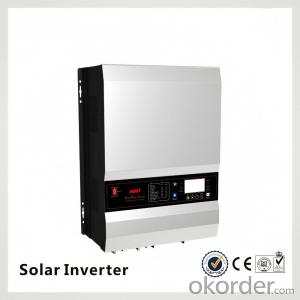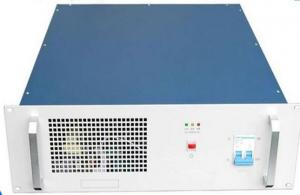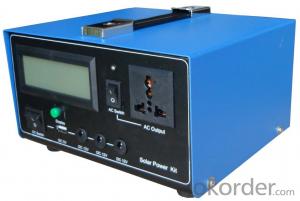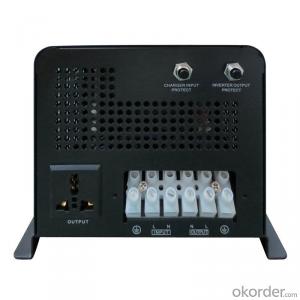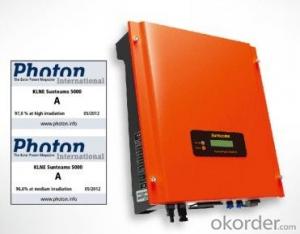3000 Watt Solar Power Inverter
3000 Watt Solar Power Inverter Related Searches
Solar Power Inverter For Rv Solar Power Kit With Inverter Inverter In Solar Power Plant Best Solar Power Inverter Home Solar Power Inverter Best Off-Grid Solar Inverter Best Off Grid Solar Inverter On Grid Solar Power Inverter Off Grid Solar System Inverter Best Hybrid Solar Inverter UkHot Searches
Solar Inverter For Fridge Best China Solar Inverter Solar Inverter Supplier In Uae Solar Inverter In Dubai Solar Inverter In Saudi Arabia Solar Inverter In Uae Solar Inverter In Kerala Solar Inverter In Nepal Solar Inverter In Burpengary Solar Inverter In Caboolture Solar Inverter In Chennai Solar Inverter In Lebanon China 10kva Solar Inverter China Solar Inverter 1000kw China Solar Inverter 3kw China 5000w Solar Inverter China 850va Solar Inverter China Infini Solar Inverter Solar Inverter China China Hybrid Solar Inverter3000 Watt Solar Power Inverter Supplier & Manufacturer from China
Okorder.com is a professional 3000 Watt Solar Power Inverter supplier & manufacturer, offers integrated one-stop services including real-time quoting and online cargo tracking. We are funded by CNBM Group, a Fortune 500 enterprise and the largest 3000 Watt Solar Power Inverter firm in China.Hot Products
FAQ
- Yes, a solar inverter can be used with a solar-powered emergency lighting system. A solar inverter is responsible for converting the direct current (DC) produced by solar panels into alternating current (AC) that can be used to power electrical devices. In the case of a solar-powered emergency lighting system, the solar panels generate DC power, which is then converted into AC power by the inverter to illuminate the emergency lights. This setup ensures that the emergency lighting system can function even during power outages or in remote areas where grid electricity is not available.
- A solar inverter handles variations in solar irradiation by continuously monitoring the incoming solar energy and adjusting its output accordingly. It uses maximum power point tracking (MPPT) technology to ensure that it extracts the maximum power available from the solar panels under different irradiation levels. This allows the inverter to regulate the voltage and current output to match the varying solar conditions, ensuring optimal efficiency and power conversion.
- Yes, a solar inverter can be used with a time-of-use electricity tariff. A solar inverter is responsible for converting the direct current (DC) energy produced by solar panels into alternating current (AC) electricity that can be used in homes or businesses. By connecting the solar inverter to a time-of-use electricity tariff, users can take advantage of different electricity rates at different times of the day. This allows them to maximize their solar energy consumption during off-peak hours when electricity rates are lower and minimize their consumption during peak hours when rates are higher.
- A solar inverter handles voltage fluctuations from the solar panels by continuously monitoring the output voltage and adjusting it to maintain a stable and consistent level of voltage. It employs advanced control algorithms and power electronics to regulate and stabilize the voltage, ensuring optimal energy conversion and compatibility with the electrical grid. This helps protect the inverter and other connected devices from damage while maximizing the energy output from the solar panels.
- Yes, a solar inverter can be used with different monitoring platforms as long as it is compatible with the protocols and communication standards supported by those platforms.
- Yes, a solar inverter can be used in off-grid systems. In fact, it is an essential component of off-grid solar systems. The solar inverter is responsible for converting the DC power generated by the solar panels into AC power that can be used to run household appliances and charge batteries. This allows off-grid systems to store excess energy for use during periods of low sunlight, providing a reliable source of electricity even when disconnected from the grid.
- Yes, solar inverters can be used in regions with high temperature extremes. However, it is important to choose inverters that are specifically designed to handle such conditions, as excessive heat can affect their performance and lifespan. These inverters should have features like advanced thermal management systems, wide temperature operating ranges, and robust cooling mechanisms to ensure optimal functioning and durability even in extreme temperatures.
- A solar inverter converts direct current (DC) electricity generated by solar panels into alternating current (AC) electricity that can be used to power appliances and feed into the electrical grid. It does this by using a complex electronic circuit that first converts the DC power into high-frequency AC power. This high-frequency AC power is then transformed into the desired voltage and frequency of standard AC power using pulse-width modulation techniques. The converted AC power can then be utilized for various household or commercial electrical needs.




